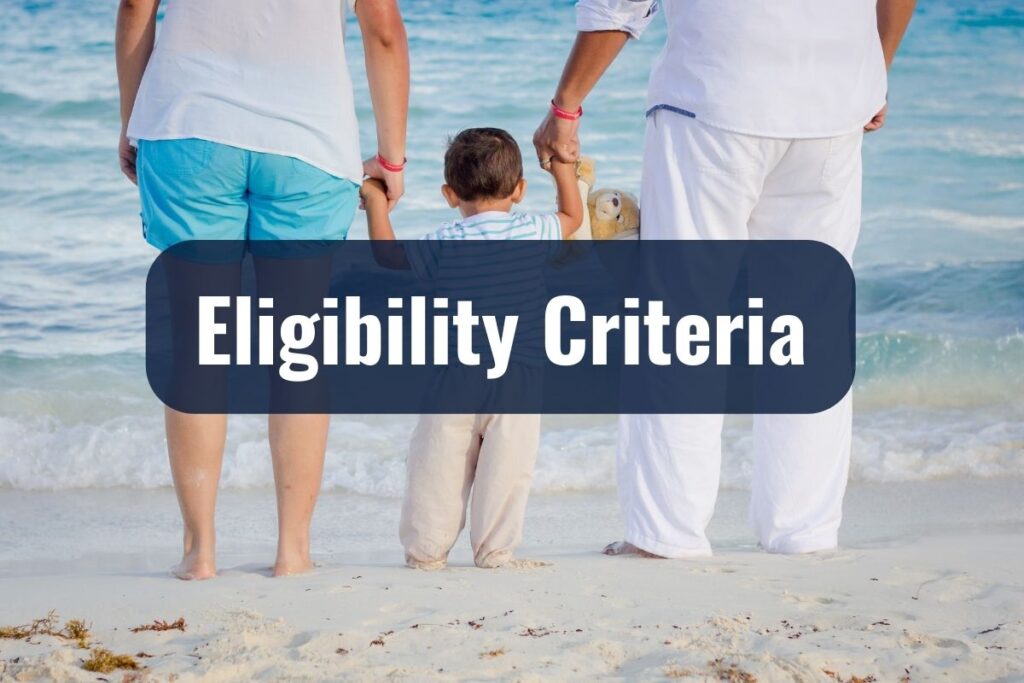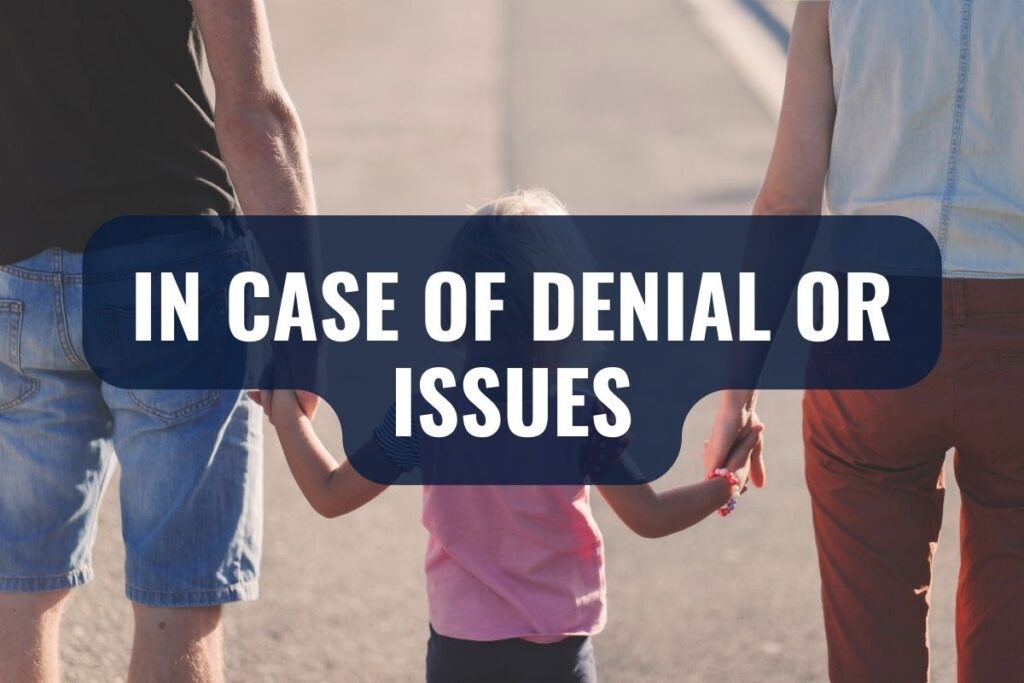Parenting in a foreign country comes with its own set of unique challenges and joys. It’s like navigating a maze while juggling responsibilities: everything’s new and different, from language to local customs. If you’re an expat in the Netherlands with a family, or you’re considering bringing your family here, one of the aspects you’ve likely come across or heard about is child benefit.
Understanding the child benefit system here isn’t just about extra financial support—it’s also about integrating more seamlessly into Dutch society and ensuring your children have access to all the resources they need. This article aims to be your compass in understanding child benefit in the Netherlands.
Key Takeaways:
- The Netherlands offers a comprehensive child benefit system designed to assist families.
- Eligibility centers on residency, age of the child, and the child’s living situation.
- Application processes are user-friendly, and keeping details updated ensures optimized support.
- The country provides both child benefits and childcare benefits, each tailored for specific needs.
- In case of issues, the system is equipped with mechanisms for understanding, appeal, and rectification.
Understanding Child Benefit in The Netherlands
Child benefit, known as “kinderbijslag” in Dutch, is a financial contribution the Dutch government provides to parents or guardians to help cover the costs of raising children. Think of it as the government’s gentle pat on the back, saying, “We’re here with you every step of the way.” It’s a recognition that raising the next generation is a personal endeavor and a shared responsibility.
The Netherlands understands that every child, whether born on its soil or arriving from distant shores, is a promise of a brighter future. The country values its younger residents; thus, the child benefit system acts as a bridge, ensuring that all children, regardless of their background, have an equitable start in life.
But this isn’t just about money. It’s about community, integration, and mutual respect. For expat parents, understanding and accessing the child benefit is also a way to feel more connected to Dutch society. It’s about knowing that while the language might be different and the traditions unfamiliar, we all speak the same language of love and care when it comes to ensuring the best for our children.
Eligibility Criteria

Let’s unravel the eligibility criteria for child benefits in the Netherlands, ensuring you’re well-equipped to make the most of the support offered.
Residency Requirements
At the heart of eligibility lies the concept of residency.
Who is considered a resident? Generally, if you and your child live in the Netherlands, you’re considered residents. This holds true whether you’ve been here for a week or a decade. It’s not just about the duration, but the intention to make this beautiful country a home for you and your family.
Age of Children
Naturally, child benefit is centered around the child.
Up to what age can children be eligible? Typically, children up to the age of 18 are considered for child benefits. However, there are nuances based on their educational status, which we’ll delve into in later sections. Remember, every child is a story, and the Dutch system tries its best to accommodate each narrative.
Dependency
This focuses on the child’s independence in financial and marital aspects.
Conditions about child’s independent income or marriage status: If your child starts earning a significant independent income, or if they decide to tie the knot before turning 18, this might influence their eligibility for child benefits. It’s a transition from being seen as a child to stepping into the world of adulthood.
Application Process
While thorough, the Dutch child benefit application process is also designed to be user-friendly, especially keeping expat families like yours in mind.
Where and How to Apply
Relevant Organizations: The primary institution managing child benefits in the Netherlands is the Sociale Verzekeringsbank (SVB). They’re your go-to point; the good news is they’re used to helping people from various backgrounds.
Online Portals: The SVB has an online platform where most of the application process can be completed. Even if you’re not fluent in Dutch, English resources and guidance are available, ensuring language isn’t a barrier to understanding.
Necessary Documents for Application
While the exact documents can vary based on individual circumstances, there are some staples:
- Your identification
- Proof of residency
- Details about your children (like birth certificates)
- For expats: Any residency permits or visas on hand
Timeline
Expected waiting period after application: Once you’ve submitted all the required documents, there’s a waiting game. Generally, it takes a few weeks for the SVB to process applications. But as with many things, patience is key. The wait is a testament to the thoroughness with which each application is reviewed, ensuring every family gets the support they’re entitled to.
Related: Parental leave in the Netherlands explained
Amount and Frequency of Payment

The child benefit isn’t just a sum in your bank account; it’s the government’s way of saying, “We value your children and are here to support you.” Let’s demystify the numbers and timelines, ensuring you can plan, dream, and nurture with a clear mind.
Determining Factors for the Amount Received
The amount of child benefit you receive often depends on your child’s age. As children grow, their needs change, and the Dutch system recognizes this. Younger children might have a different benefit rate than teenagers, reflecting the varying expenses at different stages.
Sometimes, life throws us curveballs. The benefit amount might be adjusted accordingly if there are particular situations, like a child with special needs. It’s a gentle nod to the fact that every child is unique, and the support they need might differ.
When and How Payments are Made
Typically, child benefit payments are made quarterly. It’s like the seasons, with each payment heralding a new phase in the year.
Payments are usually transferred directly to your bank account, ensuring convenience and security. It’s the modern world’s equivalent of a supportive neighbor handing over a care package, with warmth and trust.
Special Considerations for Expats
Let’s explore these special touches designed with you, the global wanderer, in mind.
EU vs. Non-EU Residents
- EU Residents: If you hail from a European Union country, there are agreements in place to ensure the transition to the Dutch system is smoother. This includes aspects of residency, employment status, and more.
- Non-EU Residents: For those from outside the EU, the process might involve a few extra steps or documents. But fret not, the core essence remains the same: supporting families and children.
Impact of Dual Citizenship or Children Studying Abroad
- Dual Citizenship: Juggling identities from two countries? The Dutch child benefit system understands. However, having dual citizenship might influence certain aspects of the benefit, so keeping all relevant documents at hand is essential.
- Children Studying Abroad: Is your child pursuing dreams in another country? The Netherlands cheers them on. However, depending on the duration and nature of the study, there might be adjustments to the benefit.
Related article: Maternity leave in The Netherlands
Childcare Benefits vs. Child Benefit

In the Netherlands, two terms might pop up in your research: Childcare Benefits and Child Benefit. While they sound similar, they serve distinct purposes in the narrative of family support.
| Aspect | Child Benefit (“kinderbijslag”) | Childcare Benefits (“kinderopvangtoeslag”) |
| Definition | A financial contribution for raising children. | Assistance specifically for offsetting childcare costs. |
| Who’s it for? | Families with children up to 18 based on specific criteria. | Working parents or those pursuing education, based on childcare chosen. |
| Purpose | Address general costs of raising a child. | Assist with childcare expenses for working or studying parents. |
Child Benefit (“kinderbijslag”)
What is it? As we discussed earlier, child benefit is a periodic financial contribution provided by the Dutch government to parents or guardians. It’s a universal acknowledgment of the shared responsibility in raising the future generation.
Who is it for? All families with children up to the age of 18 can potentially qualify, based on the criteria we’ve explored.
Childcare Benefits (“kinderopvangtoeslag”)
What is it? Childcare benefits are specifically designed to offset the costs of childcare. This can include daycare, after-school care, or even registered childminders. It’s the government’s way of saying, “We understand the balance of work and parenting, and we’re here to support.”
Who is it for? This benefit is tailored for working parents or those pursuing education, ensuring their children are well cared for in their absence. The exact amount can vary based on income, the type of childcare, and the number of hours your child spends in care.
Spotting the Differences
While both aim to support families, child benefit is a broader umbrella, acknowledging the general costs of raising children. Childcare benefits, on the other hand, are laser-focused on assisting with childcare expenses.
The criteria differ, especially when it comes to childcare benefits, where the emphasis is on the parents’ employment or educational status and the nature of childcare chosen.
Related: International Schools in the Netherlands
Importance of Keeping Information Updated
Just as you’d adjust your child’s wardrobe for the changing weather, keeping the Dutch child benefit system informed about shifts in your family’s narrative is vital. Let’s delve into why updating your details feels less like a chore and more like weaving new chapters into your family’s story in the Netherlands.
Accurate Benefits
Life’s changes—whether they’re a new addition to the family, a change in your child’s education, or a shift in marital status—can impact the benefits you’re entitled to. By keeping your information updated, you ensure that the support you receive mirrors your current circumstances.
Think of it as calibrating a compass. With accurate details, the system can point you in the right direction, ensuring your family gets the optimum support.
Avoiding Overpayments or Underpayments
Overpayments might feel like a windfall initially, but they often need to be paid back. Conversely, underpayments mean you’re not getting the full extent of support available. By updating your details, you ensure that the scales are balanced, and you’re neither borrowing from the future nor shortchanging the present.
There’s a unique tranquillity in knowing everything’s in order. It’s the same serenity you feel when your child’s toys are sorted or when their school books are arranged for the next day. By keeping the system informed, you’re granting yourself that peace.
Building Trust
Just as you’d update a family member about changes in your life, informing the Dutch benefit system is about maintaining trust. It strengthens the bond between your family and the support structures in place, ensuring a harmonious relationship.
Keeping information updated isn’t just about ticking boxes; it’s a gesture that says, “We value the support and are committed to this partnership.”
In Case of Denial or Issues

While the Dutch child benefit system is meticulously designed to assist, there might be times when things don’t go as smoothly as you’d hoped. Perhaps your application faces a hiccup, or there’s a denial that leaves you bewildered. In these moments, it’s essential to remember that you’re not alone and there are pathways to understanding, rectifying, and moving forward.
- Understanding the Reason:
- If there’s a denial or an issue, the Sociale Verzekeringsbank (SVB) typically provides a clear reason. This isn’t a door shutting; it’s an invitation to understand and potentially rectify the situation.
- Remember, these systems are designed with the welfare of families at heart. If there’s a hiccup, it’s not a rejection of your family’s needs but a procedural aspect requiring attention.
- Appeal Process:
- If you believe there’s been an oversight or disagree with the decision, you have the right to appeal. The appeal process, while formal, is also a testament to the system’s commitment to fairness.
- The SVB provides guidelines on how to initiate an appeal. Whether it’s providing additional documents or offering further clarifications, think of it as a conversation where you get to share your perspective.
- Seeking Assistance:
- The SVB and related agencies often have help desks or hotlines tailored for individuals seeking guidance. These resources are there to assist, explain, and guide you through any challenges.
- Sometimes, the wisdom of fellow expats or local communities can be invaluable. They might offer insights from their experiences, tips on addressing issues, or even recommend professionals who can help.
- Staying Informed:
- Familiarize yourself with potential updates or changes in policies. Staying informed can sometimes preempt issues or give clarity when faced with challenges.
- Attend community meetings, webinars, or workshops that discuss child benefits. These platforms can be a goldmine of information, ensuring you’re always in the know.
Related: New To The Netherlands: Everything You Need to Know
Additional Resources
- Sociale Verzekeringsbank (SVB): The primary authority overseeing child benefits. Their site offers detailed guidelines, application portals, and more.
- Belastingdienst (Tax and Customs Administration): To understand the financial aspects, eligibility criteria, and more about child and childcare benefits.
- Juridisch Loket: Offering free legal advice, this platform can be helpful if you’re navigating appeals or complex situations.



